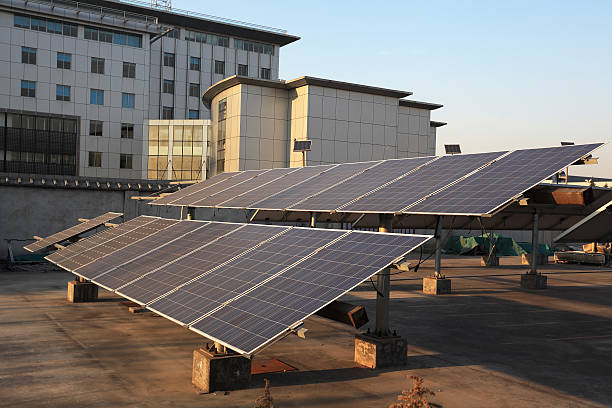Probing the Potential of Photonic Computers: A Glimpse into the Future
The world of technology is on the brink of a significant change. It's time to shift our focus from electronic computation to photonic computing. This innovative technology that uses light instead of electricity to process information is poised to revolutionize the computing world. Let's delve deeper.

A Leap from Electronics to Photonics
The concept of using light to process information is not new. It was first proposed in the 1960s when scientists realized that light could carry information faster and more efficiently than electricity. However, it took several decades of technological advancements before the idea could be transformed into a practical reality.
In electronic computers, data is processed in the form of electrons. The speed and efficiency of these computers are limited by the physical properties of electrons and the materials used to make the circuits. In contrast, photonic computers use photons (light particles) to process data, which can travel at the speed of light, offering a significant advantage in terms of speed and efficiency.
Recent Advancements in Photonic Computing
In recent years, the field of photonic computing has seen significant progress. In 2020, a team of researchers from Oxford and Münster Universities demonstrated a photonic computer chip that could outperform its electronic counterpart in complex calculations. This development marks a significant milestone in the journey towards practical photonic computing.
Furthermore, several tech companies are investing heavily in photonic computing. For instance, Lightelligence, an MIT spinoff, is developing photonic computer chips designed for artificial intelligence applications. The company claims that their chips are faster and more energy-efficient than electronic chips.
The Market Impact and Price Implications
Given the potential advantages of photonic computing, it’s no surprise that this technology is expected to have a significant impact on the market. According to a market research report by MarketsandMarkets, the global photonic integrated circuit (PIC) market is projected to reach $3.54 billion by 2025, growing at a compound annual growth rate (CAGR) of 8.4% during 2020-2025.
In terms of price, photonic computer chips are currently more expensive to produce than traditional electronic chips due to the complexity of the technology and the need for specialized materials and manufacturing processes. However, as the technology matures and economies of scale are realized, the prices are expected to fall, making photonic computing a viable option for a wide range of applications.
Photonic Computing: A Game Changer?
Photonic computing has the potential to revolutionize the computing world, offering unprecedented speed and efficiency. However, the technology is still in its early stages, and several challenges need to be overcome before it can be widely adopted. These include developing reliable methods for generating, manipulating, and detecting light at the nanoscale, as well as integrating photonic components with existing electronic systems.
Despite these challenges, the future of photonic computing looks promising. With continued research and development, it may not be long before we see photonic computers powering our devices, data centers, and even our cities, offering a new level of computational power and efficiency.
In the ever-evolving world of technology, photonic computing represents the next frontier, promising to deliver a new era of speed, efficiency, and capability. As we continue to push the boundaries of what’s possible, photonic computing could be the key to unlocking a future where the speed of light is not just a constant of nature but a benchmark for computation.





